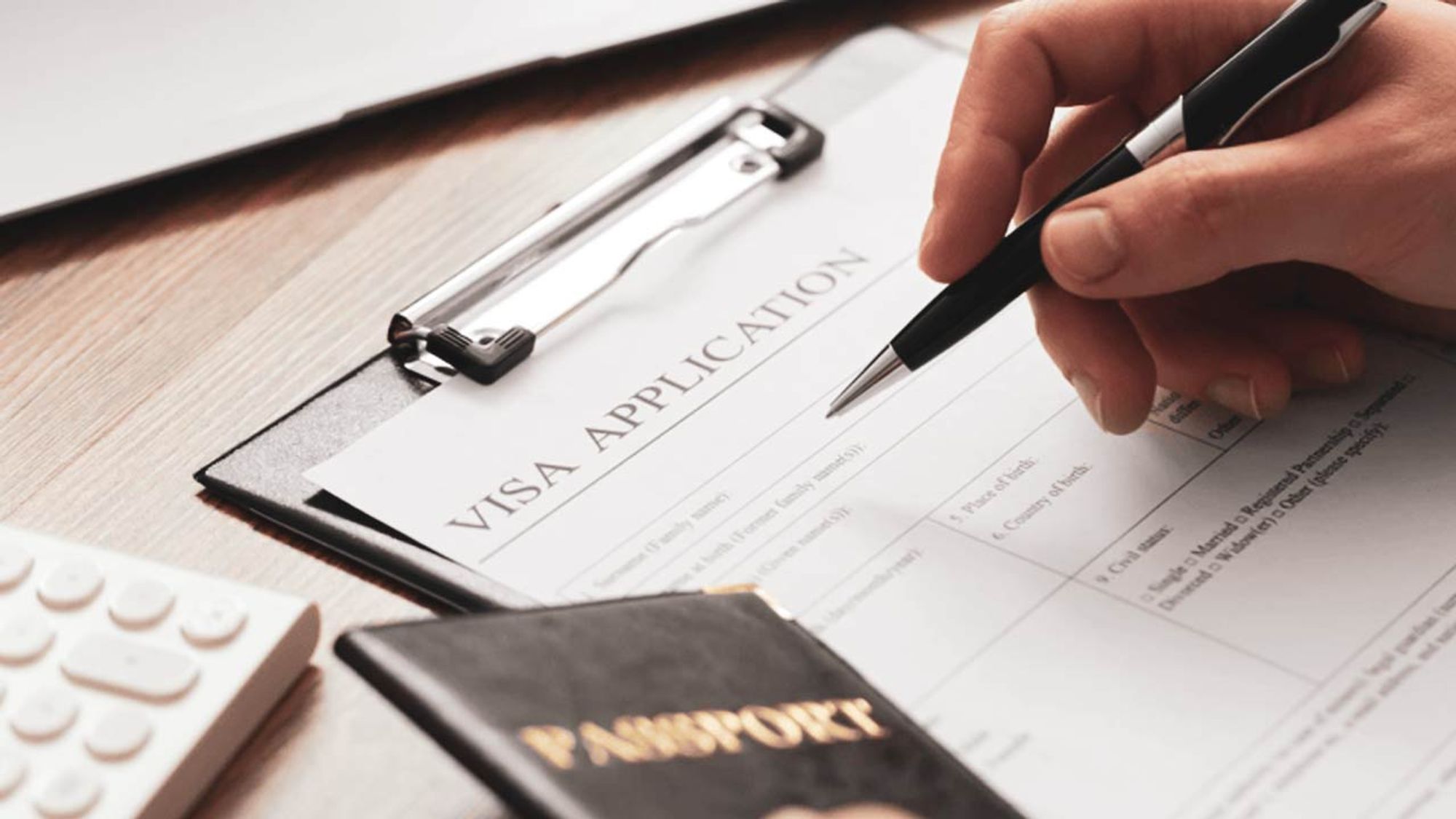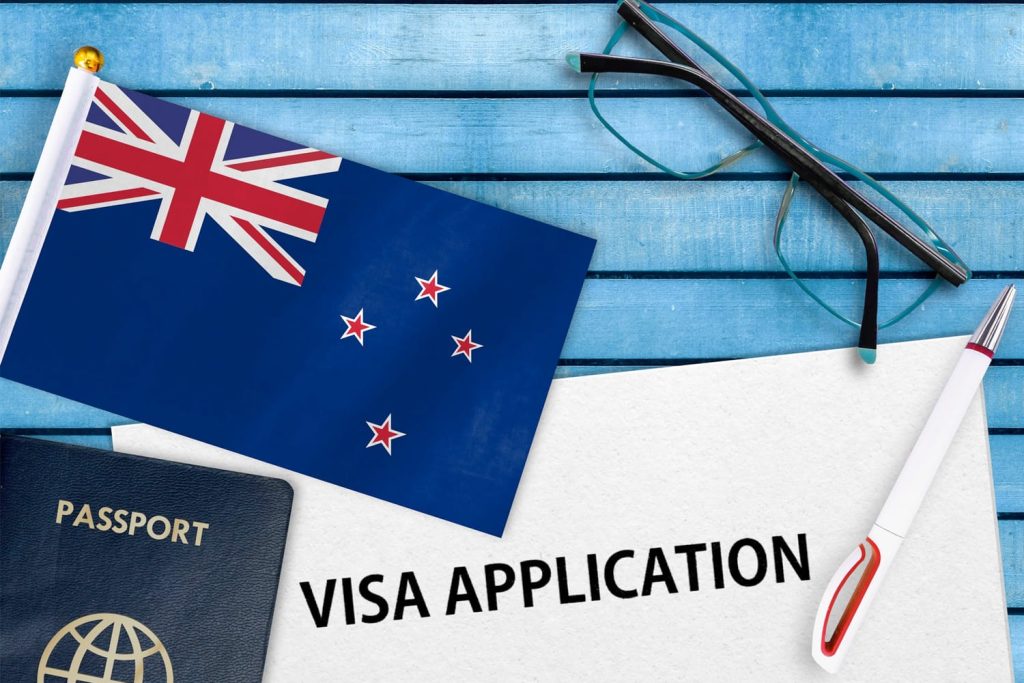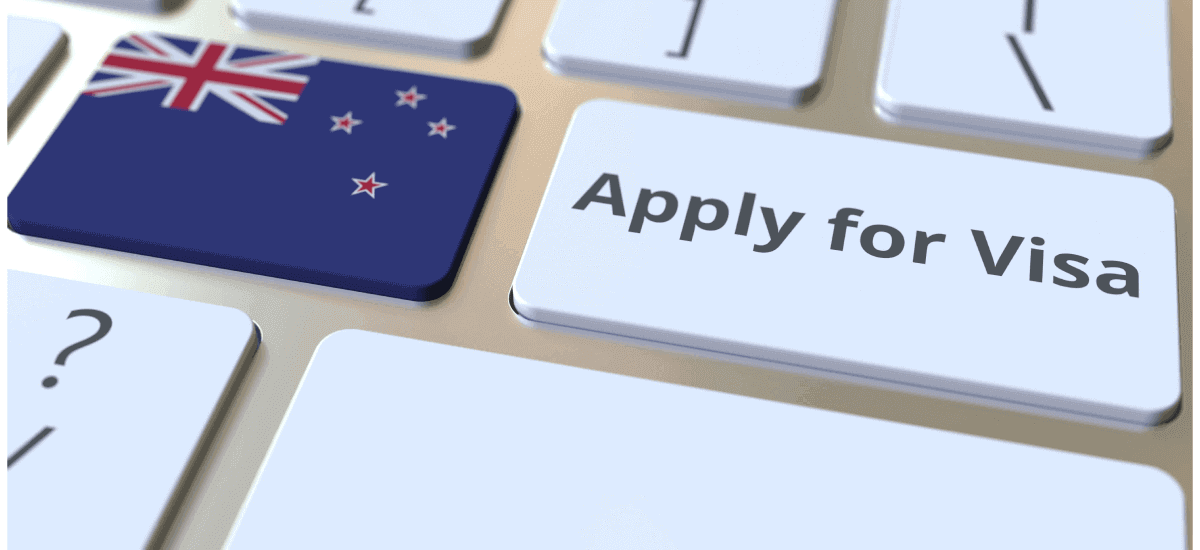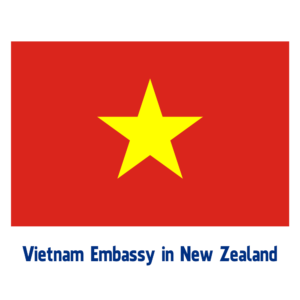
Vietnam Visa Guide for Australians in New Zealand
If you’re an Australian looking to travel to Vietnam from New Zealand, understanding the Vietnam visa for Australian from New Zealand is crucial. This guide will provide you with all the necessary information regarding visa requirements, types of visas available, application processes, and tips for a successful trip.
Introduction to Vietnam Visa Requirements for Australians in New Zealand

Traveling internationally comes with its own set of rules and regulations, particularly when it comes to visa requirements. For Australians residing in New Zealand, it’s essential to be aware of these guidelines to ensure a smooth entry into Vietnam without any unexpected hitches.
Overview of Vietnam Visa Policies
Vietnam has specific visa policies that apply to foreign nationals, including Australians. The country offers various types of visas depending on the purpose of travel, such as tourism, business, or official government matters.
Vietnam’s visa regulations have evolved over the years, often reflecting geopolitical changes and economic considerations. As an Australian visiting Vietnam, it’s important to stay updated with these policies, particularly if you are applying from New Zealand.
Importance of Visa Compliance
Adhering to the visa requirements not only ensures lawful entry into Vietnam but also enhances one’s overall travel experience. Non-compliance can lead to denial of entry, fines, or even deportation. Therefore, it is vital that Australians understand the significance of obtaining the right visa before embarking on their travels.
Who Needs a Visa to Enter Vietnam
Most foreign nationals, including Australians, require a visa to enter Vietnam. However, citizens of several countries may enter Vietnam visa-free or obtain a visa upon arrival under specific conditions. To avoid any complications, Australians should be aware of their visa obligations before making travel plans.
Types of Vietnam Visas Available for Australians from New Zealand

Understanding the different types of visas available can simplify the application process and cater to your specific needs as a traveler. Below are the primary categories of Vietnam visas that Australians can consider.
Tourist Visa
The tourist visa is the most common type of visa for travelers visiting Vietnam for leisure. It typically allows stays of up to 30 days and can be extended in some circumstances.
This visa is perfect for Australians who wish to explore Vietnam’s rich culture, stunning landscapes, and delicious cuisine. It’s worth noting that tourist visas can be applied for either via the Vietnamese embassy or online through the e-visa system.
Business Visa
Australians traveling to Vietnam for business purposes must apply for a business visa. This visa allows for multiple entries and generally permits stays longer than a standard tourist visa.
A business visa is essential for attending conferences, meetings, or other work-related activities. Applicants typically need documentation from their company, including an invitation letter from a Vietnamese counterpart.
Transit Visa
For Australians passing through Vietnam on their way to another destination, a transit visa might be required. This visa permits short stays in the airport and requires confirmation of onward travel.
It’s essential for travelers to check specific layover times, as those exceeding 24 hours may necessitate a transit visa.
Diplomatic and Official Visas
Diplomatic and official visas are designed for government representatives or officials from Australia visiting Vietnam for diplomatic purposes. These visas come with specific privileges and protocols that differ from standard visitor visas.
Such visas usually require prior approval from the Vietnamese government, often involving a more complex application process.
Electronic Visa (e-Visa)
The electronic visa has become increasingly popular due to its convenience. Australians can apply for a Vietnam e-Visa online, which is valid for 30 days with a single entry.
This option streamlines the visa acquisition process, allowing travelers to complete applications from the comfort of their homes without needing to visit an embassy.
Eligibility Criteria for Vietnamese Visas

Before starting the application process, Australians must ensure they meet certain eligibility criteria for obtaining a Vietnamese visa.
Australian Passport Validity Requirements
One of the most critical aspects of visa eligibility is ensuring that your passport is valid. Most countries, including Vietnam, require that your passport be valid for at least six months beyond your entry date.
Additionally, having blank pages in your passport for visa stamping and exit/entry stamps is essential. Without meeting these basic requirements, your visa application could be rejected.
Purpose of Visit
Clearly stating the purpose of your visit is pivotal in determining the appropriate visa type. Whether you intend to travel for tourism, business, study, or family visits, being transparent about your intentions helps in securing the correct visa.
Ensure that your selected visa correlates directly with your travel plans to avoid issues upon arrival.
Financial and Supporting Documents
For the successful processing of any visa application, it’s important to prepare adequate financial proofs and supporting documents. You may need bank statements, sponsorship letters, or proof of accommodation during your stay in Vietnam.
Having satisfactory financial backing reassures immigration officers that you can support yourself throughout your visit.
Health and Background Checks
Certain health and background checks might be mandated by Vietnamese authorities, especially if you are applying for long-term visas. Travelers may need to provide medical certificates or undergo background evaluations, particularly if intending to engage in work or business activities.
Application Process for Vietnam Visa from New Zealand
Once you’ve determined which visa type suits your travel plans, you can begin the application process. Here’s how to navigate the process effectively.
Choosing the Appropriate Visa Type
Selecting the right visa type is the first step towards a successful application. Familiarize yourself with the different options and choose based on your travel purpose, whether it be tourism, business, or education.
Taking the time to understand each visa type prevents unnecessary delays and streamlines the application process.
Steps to Apply Online
Applying for an e-Visa is perhaps the most convenient method, especially for Australians in New Zealand. The online application process generally involves:
- Visiting the official Vietnam e-Visa portal.
- Completing the online application form with accurate details.
- Uploading necessary documents like photographs and passport scans.
- Paying the associated fees electronically.
Ensure that all provided information is correct to avoid rejections or delays in processing.
Applying via Vietnamese Consulate or Embassy
If you prefer a traditional approach, you can apply for your visa through the Vietnamese consulate or embassy in New Zealand. The process entails:
- Downloading and filling out the application form.
- Collecting all required documents.
- Submitting them at the consulate along with the visa fee.
This method may take longer than applying online, so plan accordingly.
Using Visa Agencies or Service Providers
For those who find the application process daunting, utilizing a reputable visa agency can alleviate stress. These agencies manage the paperwork and communication with Vietnamese authorities on your behalf.
While this may incur additional costs, it can save time and ensure accuracy in your application.
Required Documentation for Visa Application
Regardless of the application method, certain documentation will be needed to support your visa request. Failing to submit adequate paperwork can result in delays or denials.
Valid Australian Passport
Your passport is the cornerstone of your visa application. Ensure it is valid, contains blank pages, and is free of damage. Additionally, make copies of your passport to keep with your travel documents.
Visa Application Form
Completing the visa application form accurately is critical. Input all requested information carefully, ensuring no mistakes that could raise red flags during review.
Check for updates or changes in the application form as these can occur based on new policies.
Photographs
Visa applications generally require passport-sized photographs that adhere to specific guidelines. Common requirements include a plain background, proper lighting, and recent photos taken within the last six months.
Make sure to follow these rules closely to avoid rejection based on improper photo submission.
Proof of Travel Arrangements
Providing proof of travel arrangements can fortify your application. This may include flight itineraries, hotel reservations, or other documentation illustrating your trip plans.
An organized travel itinerary demonstrates intent and readiness for your visit.
Financial Statements or Sponsorship Letters
Demonstrating financial stability is vital. If you’re covering expenses yourself, provide recent bank statements showing sufficient funds. Alternatively, if someone else is sponsoring your trip, include a signed sponsorship letter from them.
Additional Documents for Business or Work Visas
Business or work visas may require extra documentation, such as business registration papers, invitation letters from Vietnamese partners, or proof of employment. Be prepared to furnish these documents when applying.
How to Obtain an Electronic Visa (e-Visa)
The e-Visa process is designed to make traveling to Vietnam easier and more accessible. Understanding how to acquire one can significantly streamline your travel preparations.
Eligibility for e-Visa
Not everyone is eligible for an e-Visa, so before applying, ensure that your nationality qualifies. Australians generally can use this service, but confirm current regulations through official sources.
Step-by-Step e-Visa Application Process
Obtaining an e-Visa involves several straightforward steps:
- Visit the official Vietnam e-Visa website.
- Complete the online application form with personal, travel, and passport details.
- Upload required documents including a digital photograph and passport scan.
- Make the payment via credit card or other accepted methods.
- Submit your application and await confirmation.
Processing Times and Fees
Processing times for e-Visas typically range from three to five business days. Fees vary depending on visa length and type. Be prepared to pay the required amount upfront as part of your application.
Limitations of e-Visa
As convenient as it is, the e-Visa does come with limitations. E-Visas are generally valid for 30 days and only allow a single entry. Keep this in mind if you plan on multiple entries during your stay.
Processing Times and Fees for Vietnam Visas
Knowing what to expect regarding processing times and fees can aid in planning your trip more effectively.
Standard Processing Duration
Standard processing for visa applications can vary widely based on the method chosen. Typically, applications made through embassies may take longer compared to e-Visas.
On average, expect waiting periods from three days to two weeks, factoring in potential delays.
Express and Urgent Processing Options
Many consulates offer express or urgent processing services for additional fees. This option is beneficial for those who find themselves in need of a last-minute visa.
However, always verify the cost and time frame for expedited services beforehand to avoid surprises.
Fee Structures Based on Visa Type
Visa fees depend on the visa type being applied for and may vary based on processing speed. Generally, tourist visas cost less than business or multi-entry visas. Always check the official website or contact the consulate for the most up-to-date fee schedules.
Visa Approval and Collection Procedures
After submitting your visa application, understanding the approval process can help ease anxiety while awaiting your results.
Notification of Visa Approval
Once your visa application is approved, you will receive a notification via email or postal mail, depending on your application method. This confirmation outlines any further steps you must complete before traveling.
It’s advisable to keep an eye on your email inbox (and spam folder) regularly to avoid missing communications from immigration authorities.
Methods of Receiving Visa (Digital, Stamped Passport)
Depending on your application method, you may receive your visa in various formats. E-Visas will come as a digital document that you can print, while those applying through a consulate may receive a stamped passport.
Always verify the collection method and ensure you have access to your visa documentation upon arrival in Vietnam.
Collecting Visas from Embassies or Consulates
If you chose to apply through a Vietnamese consulate or embassy, you will need to collect your visa in person or arrange for it to be sent to you. Bring identification and confirm any necessary appointments ahead of time to facilitate the collection process.
Entry and Exit Requirements for Visa Holders
Understanding what is expected of you upon entering Vietnam can help avoid any surprises that might disrupt your travels.
Validity Period and Number of Entries
Each visa type has specific validity periods and entry allowances. For example, tourist visas typically allow for a single entry, whereas business visas might offer multiple entries over extended durations.
Be mindful of these stipulations to avoid issues during your stay.
Visa Extensions and Renewals
If you decide to extend your stay, it’s possible to apply for a visa extension while still in Vietnam. Consult local immigration offices for guidelines, fees, and procedures for extending your visa.
Failure to apply for extensions before expiration can lead to penalties, so proactive management of visa status is crucial.
Re-Entry Regulations
When leaving Vietnam, ensure that your visa covers re-entry if you plan to return shortly after departing. Many travelers mistakenly assume that exiting does not affect their visa status – always double-check this requirement.
Tips for a Successful Visa Application
Navigating the visa application process can be challenging, but following these tips can enhance your chances of success.
Common Mistakes to Avoid
Be vigilant in avoiding common pitfalls during your application. Frequent errors include incorrect personal information, failure to provide adequate supporting documents, and neglecting to proofread your application.
Take your time and consult resources if unsure about any aspect of your application.
Ensuring Complete and Accurate Documentation
Review the documentation checklist thoroughly before submitting your application. Incomplete applications are a leading cause of delays and rejections.
Double-check that all required forms, photographs, and financial documents are included and meet Vietnam’s specifications.
Tracking Application Status
After submitting your application, be proactive about tracking its status. Most online systems provide ways to check the progress of your application, reducing anxiety while waiting for a response.
Do not hesitate to follow up with the consulate or agency if there are concerns about the application status.
Traveling from New Zealand to Vietnam with a Visa
Planning your travel from New Zealand to Vietnam requires more than just securing a visa. Consider factors such as transportation, accommodation, and cultural norms.
Flight and Transportation Considerations
There are numerous airlines that operate flights between New Zealand and Vietnam, providing various options for travelers. When booking flights, consider layover times and total travel duration.
Upon arrival, familiarize yourself with local transportation options—taxis, buses, and ride-sharing services.
Accommodation Arrangements
Advanced planning for accommodation can significantly enhance your travel experience. Consider various lodging options including hotels, hostels, and vacation rentals based on your preferences and budget.
Booking in advance often guarantees better rates and availability.
Local Laws and Customs in Vietnam
Familiarizing yourself with local laws and customs before arriving in Vietnam is key to respecting cultural practices and avoiding misunderstandings. Research important etiquette and regulations regarding behavior, dress codes, and interaction with locals.
Being informed goes a long way in fostering positive interactions and experiences during your travels.
Troubleshooting Common Visa Problems
Challenges can arise during the visa application process. Being prepared to tackle these issues can save valuable time and reduce stress.
Visa Denials and Rejections
If your visa application is denied, it’s essential to understand the reasons behind the decision. Often, applicants can appeal or reapply based on the feedback provided by immigration authorities.
Take note of any documentation issues or mistakes in the application, and rectify these in future submissions.
Addressing Delays in Processing
Processing delays can occur for various reasons, from high application volumes to incomplete forms. If your application has not been processed within the expected timeframe, reach out to the relevant authorities for clarification.
Keep records of your application submission in case you need to reference them.
What to Do in Case of Visa Expiry During Stay
If you find that your visa is close to expiring while in Vietnam, it’s crucial to take action promptly. Reach out to local immigration authorities to explore renewal options or penalties you may face for overstaying.
Staying informed about your visa status helps avoid complications and potential legal issues during your travels.
Recent Changes and Updates in Vietnam Visa Policy
Understanding recent developments in Vietnam’s visa policies can greatly influence your travel plans, especially if changes affect Australian nationals.
Policy Changes up to 2023
Visa regulations tend to evolve frequently. Recent adjustments may have introduced new types of visas, modified processing times, or altered fee structures.
Stay informed through official Vietnamese government websites or consult with the nearest embassy or consulate for the latest updates.
Impact of Global Events on Visa Regulations
Global events such as the COVID-19 pandemic have significantly affected international travel and visa policies worldwide. Remain aware that ongoing situations may continue to shape regulations, impacting your travel plans.
Researching the present health and safety guidelines related to entry is critical.
Future Outlook for Visa Policies
The future outlook for Vietnam’s visa policies may involve continued adaptations based on international relations and economic factors. Being proactive about understanding potential changes positions you for smoother travels down the line.
Conclusion
In summary, navigating the process of obtaining a Vietnam visa as an Australian in New Zealand involves understanding visa types, eligibility criteria, application procedures, and necessary documentation. By following the outlined steps and remaining informed about recent changes, travelers can ensure a seamless entry into Vietnam, enhancing their overall travel experience.


